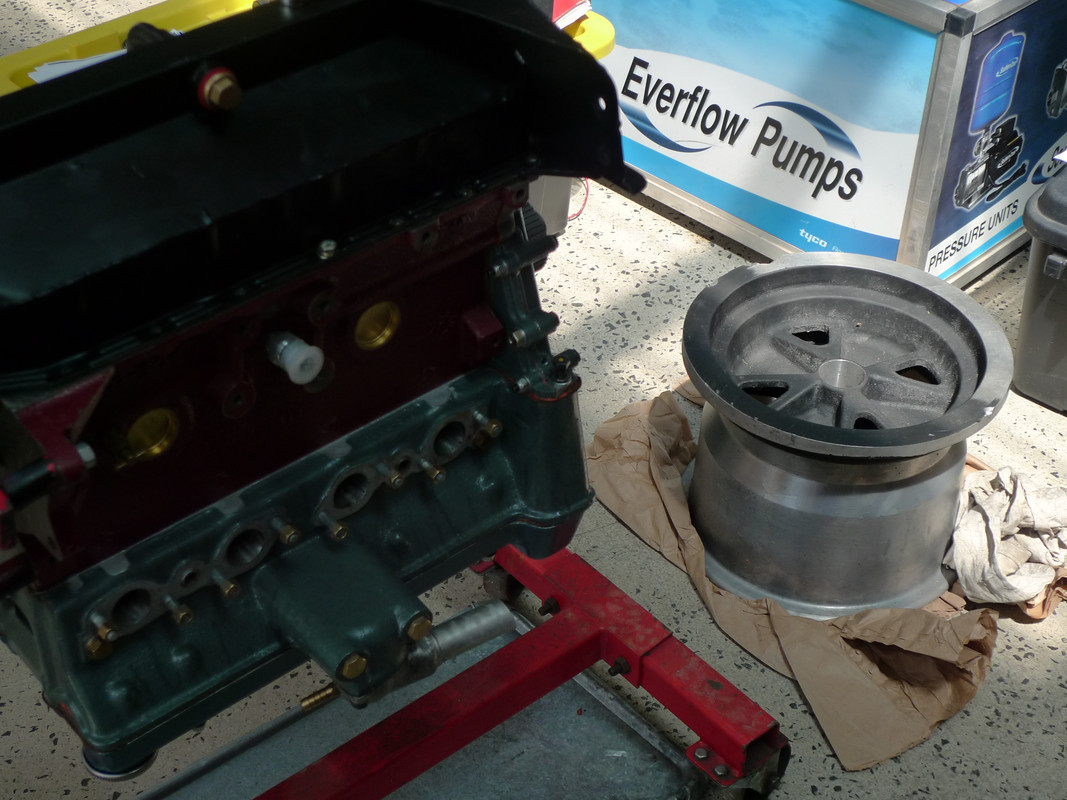After the disaster at Le Mans in 1955 Mercedes was accused of having used illegal fuel because the car of Levegh was burning much more intensely than it should have been.
Mercedes proved the accusations to be wrong and said that the car burned so heavily because it has magnesium bodywork which was lighter.
But magnesium was also a lot more dangerous because it was more difficult to cease the fire if the car caught fire, pooring water on magnesium would in fact make it burn harder and the temperatures of magnesium on fire was also significantly higher.
Then in 1968 Honda came with an experimental car that had magnesium material (I think the engine was even made out of magnesium), John Surtees refused to drive it because he claimed the car was not suited for a race track, dangerous and a driving laboratory.
Honda insisted that the car would drive so they could sell more cars in France because of the publicity so Honda France entered it and they chose a French driver, Jo Schlesser who was already 40 but a leading F. Junior & F.2 driver was the natural choice.
We all know what happened at Rouen that year so.
Because of the magnesium the fire was so intense that marshalls, even in their fireproof suits, didn't manage to pull Jo from the burning inferno and they couldn't contain the fire, in fact the fire became more intense when they tried to fight it.
Then two years at later a horrible accident happened at Zandvoort, the victim beiing Piers Courage in the Frank Williams entered de Tomaso.
Again an intense fire that they didn't manage to cease and that actually got worse, the driver perishing inside although he probably had died instantly of the impact of a tyre against his head, that was discovered later.
Now I have two questions:
- which other F1 cars (or Le Mans entered cars) had magnesium material?
- why did they keep on using magnesium (I assume because it's lighter) when accidents had already occured with it and especially since it was so hard to control it on fire.
Clearly a magnesium car was more dangerous to the driver, even in an era where they didn't seem to care much about safety (especially the track owners) I still find it baffling that magnesium was not forbidden after the Honda inferno in Rouen.
Edited by William Hunt, 12 July 2017 - 18:34.

























